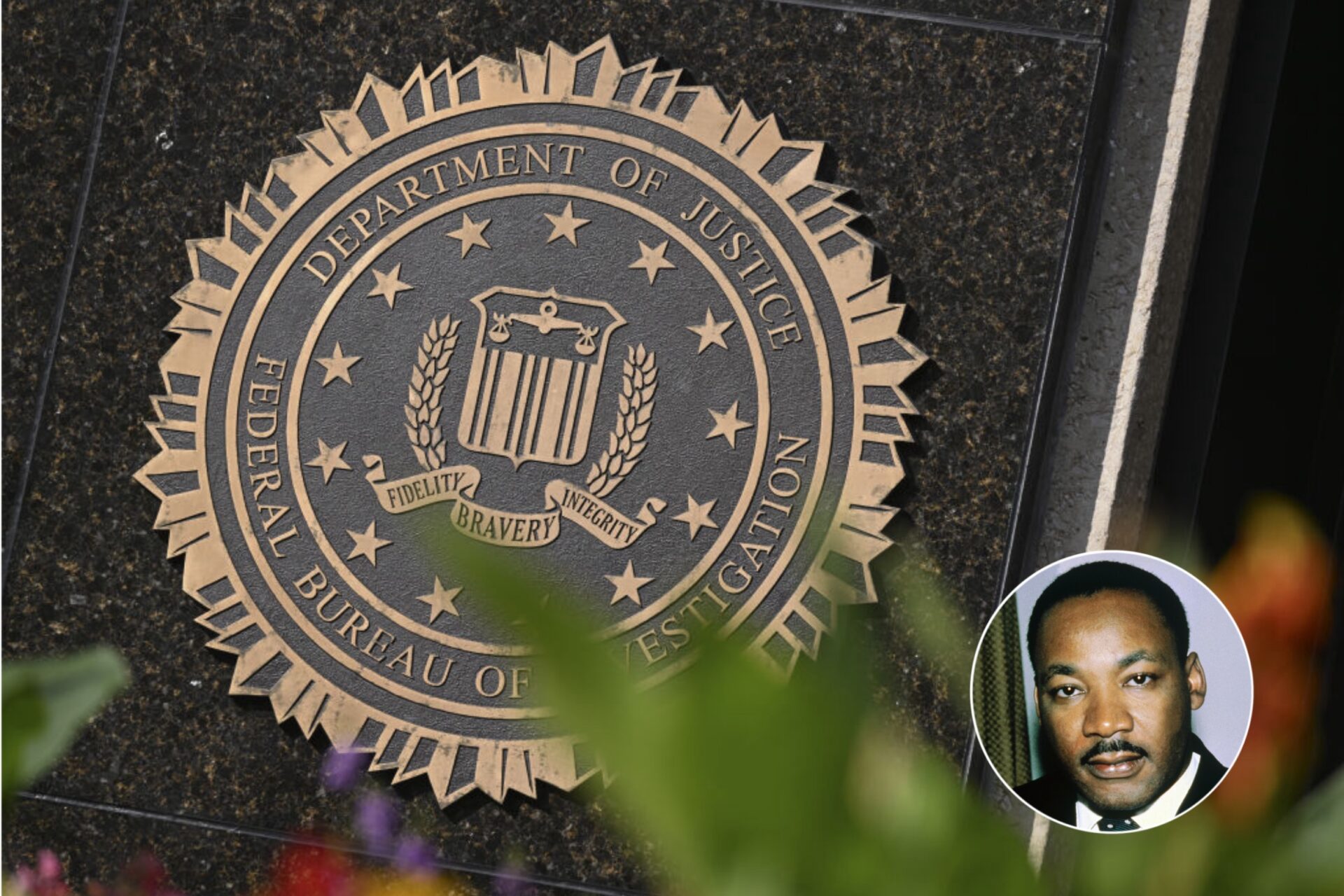One of the many lessons from our —ongoing— battle with Covid-19 is that viral transfer from wild animals to humans, known as zoonosis, is a very real threat. And this isn’t the first time it’s happened: SARS-CoV-1, AIDS, and Ebola can all be put into the same category. Indeed, roughly 60% of epidemics can be traced back to an animal origin. The thing is, the sources of zoonotic diseases aren't always “exotic” animals that only infrequently come into contact with humans. One of the major zoonotic culprits is markedly more quotidian: bats. Viral spillover from these furry vampires leads to higher fatality rates than spillover events from other animals. Why is that? A new study published in PLOS Biology suggests it may all be in the wings.
Predicting Animal Spillovers
Although entirely preventing zoonotic spillovers will be difficult, we can strive to strengthen our public health systems to help minimize the effect of future occurrences. A key part of this process is honing our understanding of the threats. Which animal populations present the largest risk? Which taxonomic orders give rise to the most virulent viruses? In effect, where should we be looking?
One shorthand approach has been to focus on phylogenetic relationships, which describe how closely or how distantly different animals are related to one another based on their evolutionary history. In general, spillover events across animal orders that are more distantly related to one another lead to high viral virulence. Note that increased viral virulence doesn’t always mean increased overall mortality: if a virus is too virulent, it kills off its host before it has a chance to transmit to a new host. This is known as trade-off theory. So, the animal populations most likely to saddle us with virulent viruses are not necessarily those most likely to saddle us with pandemics. Still, as evidenced by Ebola and SARS-CoV-2, unlikely and impossible are two different things.
Though a useful heuristic, phylogenetic relationships don’t completely predict the virulence of spillover events. Think of it as a very coarse sieve — it filters out the largest debris but fails to capture a lot of the smaller particles. The researchers, by collecting data from a large number of spillover studies and generating a statistical model, set out to provide a finer sieve. In particular, they wanted to pinpoint the features of bat immune systems that predispose them to becoming viral reservoirs. Other animals with similar immune systems, it would stand to reason, may pose a similar risk.
Flight and Inflammation: What’s the Connection?
Bats are masters at hosting viruses while remaining mostly unaffected by their presence. This includes viruses which, in other animals, would usually cause serious disease or death. They are also extremely adept at keeping viral load —the total amount of virus present in an organism— low. In some sense, bats are perfect viral incubators; they provide viruses with a home to reproduce and evolve, all free of charge. That’s why bat viruses that make the transition into human hosts are often so deadly, they’ve had years to improve overall fitness.
How is it that the bats themselves are not affected by the viruses? Well, bats are the only winged mammals — all other animals of flight are either insects or birds. And flight is not an easy thing. It is extremely taxing at the metabolic level, requiring a great deal of effort and energy. So much so that it causes oxidative stress, which happens when oxygen-containing molecules build up more quickly than the body’s ability to break them down. Left unaddressed, this can cause DNA damage and chronic inflammation. But if every time a bat took flight its inflammatory response kicked in, it would be in a constant state of inflammation. This is, of course, far from optimal. A little inflammation is crucial to healing, yes, but too much of it will end up harming otherwise healthy tissues and organs. To avoid this, bats seem to have developed a heightened tolerance for inflammation. In short, it takes a great deal to trigger a bat’s inflammatory response.
At the genetic level, these adaptations are reflected by decreased activation or wholesale loss of many of the genes associated with inflammation. These include heavy hitters like NLRP3 (NLR family pyrin domain containing 3) and other genes involved in an important inflammatory signaling pathway called NF-κB (nuclear factor kappa-light-chain-enhancer of activated B cells)
So while the increased tolerance to inflammation likely evolved to help bats fly, it also had the added benefits of boosting their longevity —bats are extraordinarily long-lived relative to their body size— and of letting them come away from viral infections mostly unscathed. Combined, this makes bats an excellent breeding ground for new viruses: their inflammatory response is rarely triggered by circulating viruses, giving the viruses a chance to replicate and mutate undisturbed. And since bats aren’t usually affected by the viruses they carry, the viruses can crank up the dial on virulence without fear of killing their hosts. A foolproof recipe for dangerously fit viruses.
Bats and Antiviral Genes
A recent study also discovered that horseshoe bats lack an antiviral variant of a gene called OAS1 (2'-5'-oligoadenylate synthetase 1). In humans, the OAS1 gene comes in two different forms, one short and the other long. During the height of the pandemic, researchers noticed that the majority of patients hospitalized with Covid-19 carried the shorter variant of the gene. Follow-up experiments revealed that the longer variant of the gene included vital information that helped carriers’ immune systems identify and destroy the RNA of SARS-CoV-2.
How? The protein produced by the longer gene variant carries a signal that allows it to be modified by the addition of a fat molecule, a process called prenylation. The addition of the fat molecule lets the OAS1 protein associate with cellular membranes. A common tactic employed by SARS-CoV-2, and other such viruses, is to “cloak” itself in a specialized replication compartment called a double-membrane vesicle. This compartment allows the virus to hide its RNA from our immune system. The longer version of OAS1, however, cuts through this viral tactic; by binding to cellular membranes, it can penetrate the replication compartment, locate the viral RNA, and sound the alarm bells.
As it turns out, horseshoe bats lack the protective version of the gene. At some point in time, they “lost” the variant to evolution. Instead, they only have the shorter version, which doesn’t offer any antiviral benefits. Why the bats lost the protective variant of the gene remains unclear, and what the current version of the gene does is equally unknown. A reasonable guess would be that the loss of the protective variant is part of the general trend towards an increased tolerance of inflammation, but more work needs to be done to piece together this particular puzzle.
Takeaways
This study provides us with a new, more fine-tuned way of predicting future viral spillover events. In particular, it helps direct our gaze to those mammals most likely to saddle us with highly virulent viruses. By studying bats, a well-known source of zoonotic outbreaks, the researchers managed to pinpoint key features that prefigure the evolution of quickly replicating viruses: hosts with protracted lifespans for their body size, which often indicates a heightened tolerance for inflammation, and hosts with strong constitutive immune responses. Viral tolerance, which is the ability to be exposed to high viral loads without suffering health consequences, is especially relevant to the development of virulent viruses.
The findings also raise an interesting question regarding the role and helpfulness of inflammation. Clearly, some degree of inflammation is necessary for successful immune function, but if bats are anything to go by, the less inflammation the better. Despite being chock full of viruses, they often suffer no adverse health effects. They also live long and healthy lives. Indeed, persistent inflammation is considered a hallmark of aging in humans. Excessive inflammation is also linked to numerous disorders in humans. Perhaps the bats are onto something.
Of course, as is the case for any model, we need to take the results with a grain of salt. A model is only as accurate as the data it is based on. The more data, and the better the quality of the data, the better the predictions of the model. Still, the model the researchers generated has provided useful hypotheses that can now be experimentally tested, both in cell culture and in vivo.




